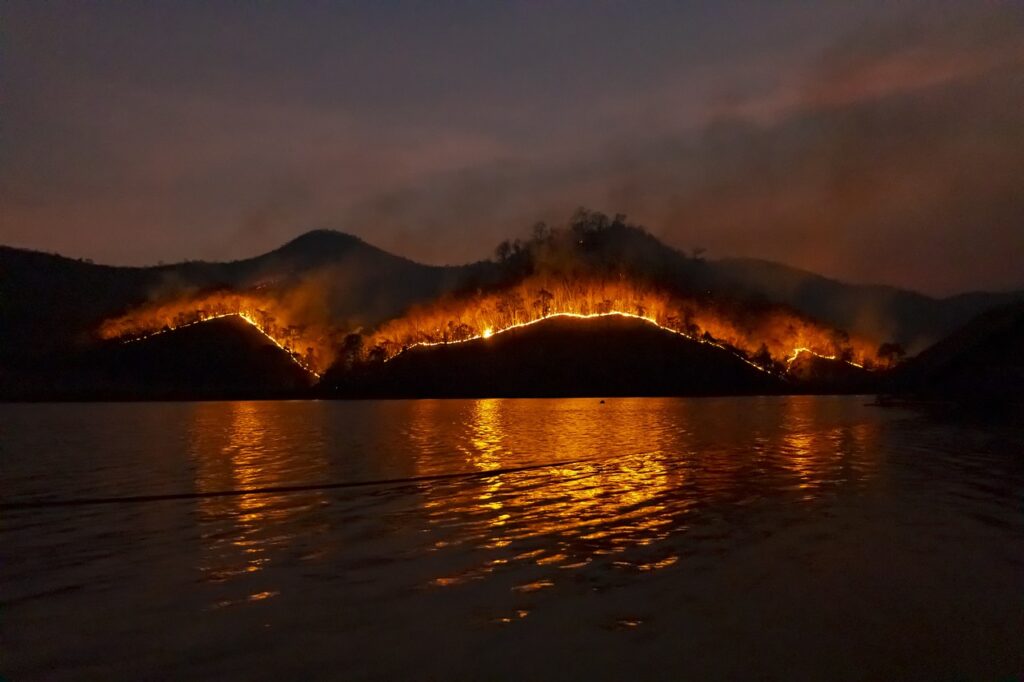While AI technology has become a hot topic in recent times - with growing concerns over the negative impacts this may have on the digital age - scientists in Australia are harnessing the technology to help preserve our natural world and save lives.
Using cube satellites with on board AI, researchers from the University of South Australia (UniSA) are developing tech that will allow bushfires to be detected 500 times quicker than the traditional method of on-ground image processing.
Called Kanyini, the satellite will process vast amounts of hyperspectral images (light captured across a wide spectrum of wavelengths) on board prior to being transmitted to the ground, allowing for quicker data analysis while also saving energy and costs.
So what will this mean in the real world? According to the scientists, the developments in fire detection will allow bushfires to be identified from space much faster than existing tech - even before the fire has had time to develop and engulf a larger area. This will allow crews on the ground to mobilise earlier, potentially preventing the loss of property and lives.
The development of South Australia’s first state satellite #Kanyini has taken a giant leap toward delivering tangible data solutions, following the successful completion of the Critical Design Review. 🛰
— SASIC (@SASIC_Aus) May 24, 2022
Read more. 👉 https://t.co/ZJyyERTbdD#SASAT1 #SpaceState pic.twitter.com/isYIAS2jZH
Kanyini works by using something called a “hyperspectral imager” - a sensor that captures light reflected from Earth to produce detailed surface maps. While this will aid in the earlier detection of bushfires, it will also monitor inland and coastal water quality from low earth orbit.
The university’s lead researcher, geospatial scientist Dr Stefan Peters, explained that the newer lightweight AI model will analyse images captured from space in real-time, as opposed to traditional earth observation satellites, which lack the same on-board processing power.
The researchers claimed that compared to traditional methods, the AI model will reduce the volume of data downlinked to 16% of its original size, while using 69% less energy.
“Smoke is usually the first thing you can see from space before the fire gets hot and big enough for sensors to identify it, so early detection is crucial,” Dr Peters said.
Using machine learning alongside simulated satellite imagery of recent Australian bushfires, they were able to train the AI model to detect smoke within images.

“Because the data can’t be processed on board large satellites, all of it is downlinked to the ground where it is analysed, taking up a lot of space and energy,” Dr Peters added. “We have overcome this by training the model to differentiate smoke from cloud, which makes it much faster and more efficient.”
During experiments, the researchers found that Kanyini was able to detect smoke and transmit the relevant data in under 14 minutes. Dr Peters believes this won’t only prove invaluable in the event of bushfires but could also serve as an early warning system for other natural disasters.
“Once we have ironed out any issues, we hope to commercialise the technology and employ it on a CubeSat constellation, aiming to contribute to early fire detection within an hour,” he said.
The UniSA researchers are hoping to demonstrate the capabilities of the onboard AI fire detection system once the Kanyini mission is up and running in 2025.
